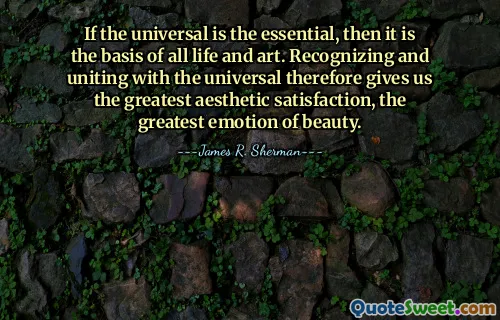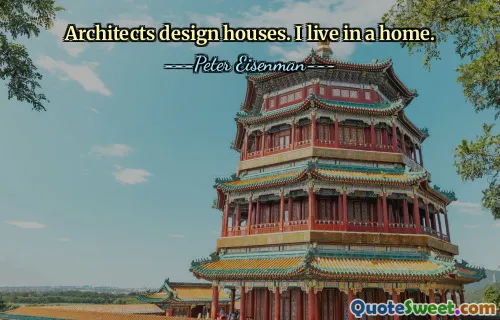
What has happened to architecture since the second world war that the only passers - by who can contemplate it without pain are those equipped with a white stick and a dog?
Bernard Levin's quote poignantly questions the trajectory of architectural design and its impact on public perception since World War II. He suggests that contemporary architecture has become so displeasing or alienating that only those who are visually impaired — symbolized by individuals with white sticks and guide dogs — can view it without experiencing discomfort or despair. This metaphor implies that the aesthetic or functional qualities of modern architecture may be flawed or insufficient, leading to a painful or disheartening experience for sighted observers.
This reflection raises deeper issues about the evolution of architectural styles in the aftermath of a global conflict that radically transformed societies, technologies, and urban landscapes. Post-WWII architecture saw the rise of modernism and brutalism, which, while innovative and forward-thinking at inception, have often been criticized for being cold, impersonal, or harsh. Levin's remark encapsulates a cultural sentiment that perhaps these designs failed to resonate emotionally or harmonize with human-scale aesthetics, leading to environments perceived as uninviting or even hostile.
It is a call to reconsider how architectural decisions affect not just the built environment but also the emotional and psychological well-being of those who inhabit or move through these spaces. The quote challenges architects and planners to prioritize empathy, beauty, and human experience alongside functionality. By invoking the image of the blind as the only ones spared the "pain" of contemplation, Levin ironically underscores the visual suffering caused by certain modern architectural forms.
Ultimately, the quote serves as a critique and a reminder: architecture isn’t merely about shelter or utility; it is a cultural expression that deeply influences daily life, community identity, and emotional health. Thus, the post-WWII architectural paradigm may deserve rigorous reassessment in favor of designs that inspire rather than distress those who behold them.











